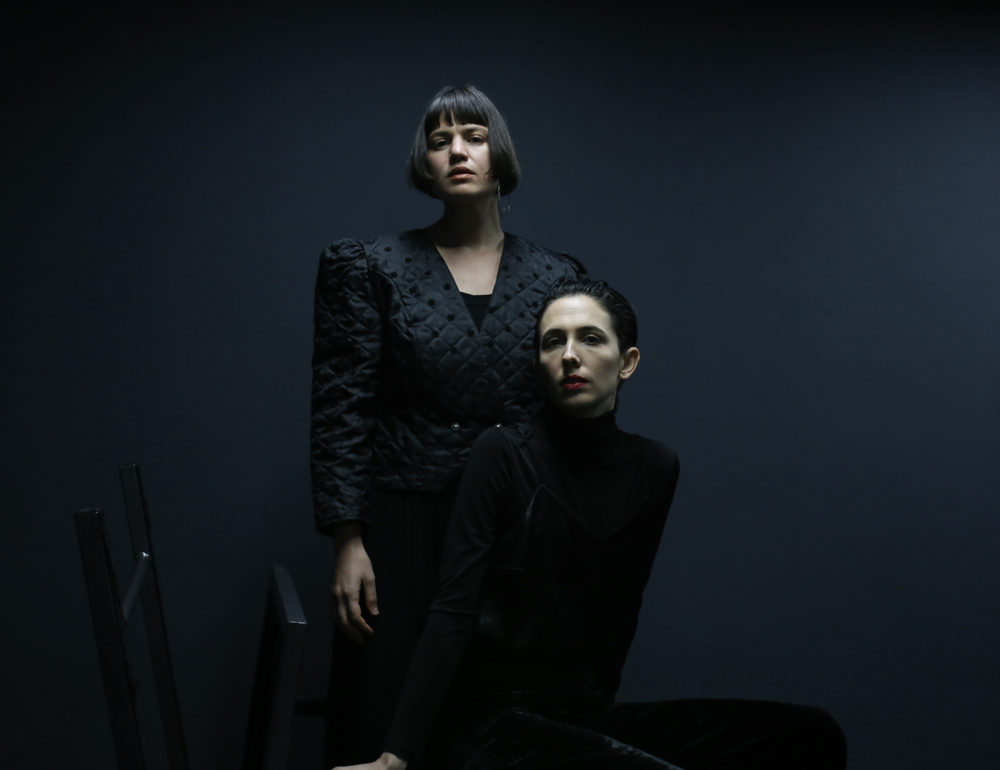In December 2020, a smiling Queen Elizabeth appeared on Channel 4 performing a Tik Tok ballet. At the same time, live on BBC One, another Elizabeth gave her traditional Christmas speech. If it hadn’t been for the absurd dance routine, a spectator would have had no element to distinguish the Real Queen from her digital clone. Deepfake is a technology increasingly used to create fake videos, and is becoming a powerful digital disinformation tool.
Soft Evidence is a project by two American artists, Ania Catherine and Dejha Ti, that partook in the Artist for Media track by Media Futures in 2021. The project focuses on the dangers of deepfake, audio-visual manipulation and synthetic media (which means: any video that has been altered by algorithms). Media Futures is a European support program for innovation and technology. In 2021, it held its first edition on the relationship with disinformation. Supported by Horizon 2020, a European fund that finances innovation and scientific research, MediaFutures was created to offer support to startups and artists who contribute to the development of digital education through the use of data.

Soft Evidence consists of 10 scenes created by artificial intelligence. Computer algorithms are used to make real- looking films that represent something that never happened. To create the different scenes, the artists decided to shoot their own set of data: for five days, in Mexico, they photographed and filmed themselves, other people and different environments. All invented by the machines.
Furthermore, the performance includes a fake contract (Synthetic and Manipulated Media Contract), signed by the artists, who thus approve the use of face swapping and other visual manipulation techniques. The aim of the performers is to demonstrate that data, even if freely accessible, is not separated from their human bodies and from the broader issues of social justice. If they are shared, voluntarily or not, online, could become potential weapons.
Sentiment, not spectacle
Deepfake consists in the alteration of the face and body of a real character. This technique is used to modify politicians’ and celebrities’ faces, but it is more often linked to non-consensual pornography. In it, accessible data is modified to represent women involved in sexually explicit acts. By overturning the potential of deepfake in traditional life scenes and depicting a love scene between two women with a face swap, the artists transport digital manipulation into an apolitical context, in order to build a neutral ground for conversation about AV manipulation.
Catherine and Ti’s art aims to upset the emotional and psychological state of those who benefit from it. Sentiment, not spectacle istheir presentation on Operator, the digital house they created to share their works. Through emotional states and sensory perceptions, Soft Evidence provides the viewer with tools and strategies to become aware of the dangers of the digital world.

The installation also provides an immersive experience, in which the audience is invited to listen to deepfakes experts. Furthermore, an online chat is specifically created for the project. Video, images and vocal messages are shared with the audience via Telegram. The propagation of such material denounces the ease with which false images escape our control and our ability to recognize their truthfulness.
A choreographer and a digital artist respectively, Catherine and Ti explore the relationship between man and computer in each of their works. With Soft Evidence, the artists want to help develop a reflection on visual evidence – a field, as stated on the project’s website, – «increasingly complicated which shows that communities on the margins of society, further away from the centers of financial and technological power and political, are made more and more vulnerable.»
Read also: Victims and executioners, our daily violence

